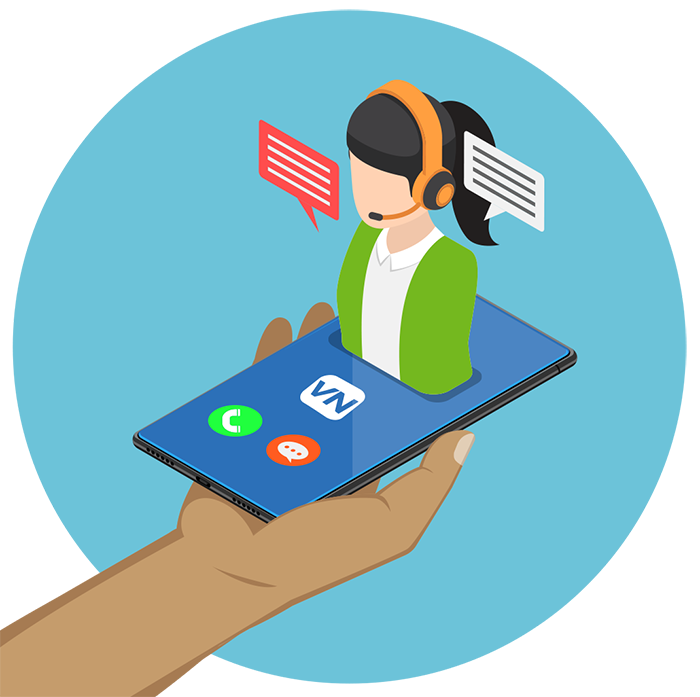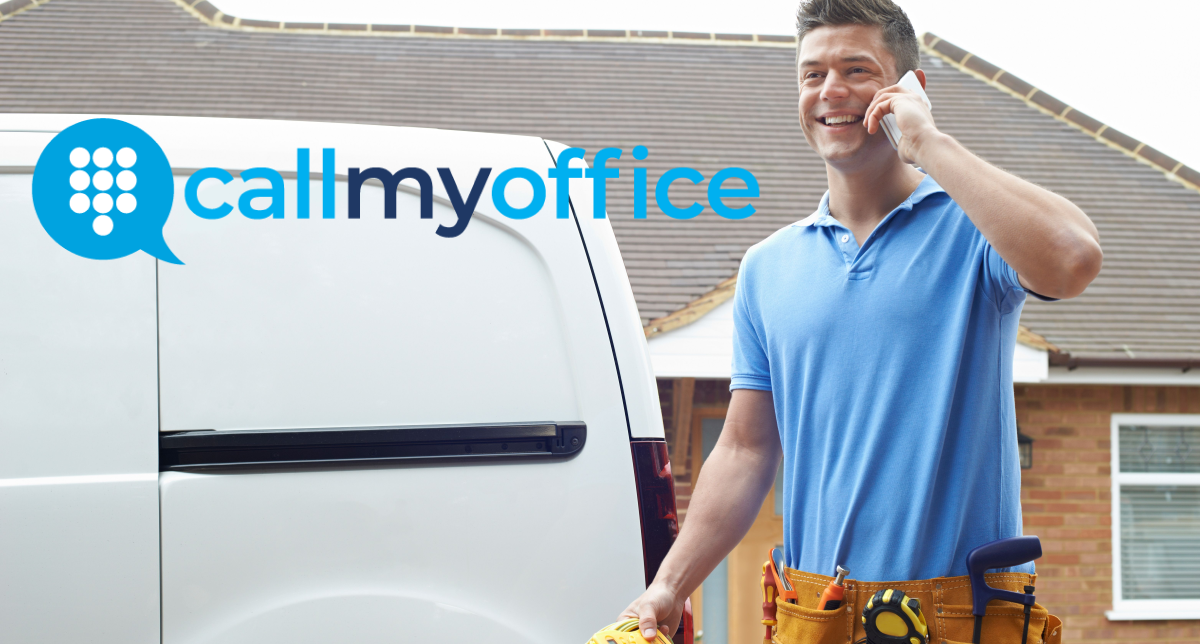All Categories
Featured
Table of Contents
- – Best Can Top Answering Service In Australia - 2...
- – How Do I Find A 10 Signs Your Business Needs A...
- – Who Is The Best 10 Sectors That Can Benefits F...
- – How Much Does It Cost To Have A Answering Ade...
- – Who Is The Best Phone Answering Services - Ru...
- – What Is The Best What Is An Answering Servic...
Best Can Top Answering Service In Australia - 2023 Reviews
This gadget and its successors were developed by Sava Jacobson, an electrical engineer with a personal consulting company. While early voice mail utilized magnetic tape innovation, many modern-day equipment uses strong state memory storage; some devices use a combination of both, with a solid-state circuit for the outbound message and a cassette for the incoming messages.
"toll saving" below) (answering service). This is beneficial if the owner is screening calls and does not wish to consult with all callers. In any case after going, the calling celebration should be informed about the call having been addressed (in a lot of cases this starts the charging), either by some remark of the operator, or by some welcoming message of the little bit, or addressed to non-human callers (e.
This holds especially for the Little bits with digitally saved welcoming messages or for earlier devices (before the increase of microcassettes) with an unique endless loop tape, separate from a second cassette, devoted to recording. There have actually been answer-only devices with no recording capabilities, where the welcoming message needed to notify callers of a state of present unattainability, or e (virtual call answering service).
How Do I Find A 10 Signs Your Business Needs A Telephone Answering Service Service?

about schedule hours. In taping TADs the welcoming typically includes an invite to leave a message "after the beep". A voice mail that utilizes a microcassette to record messages On a dual-cassette answerphone, there is an outgoing cassette, which after the defined variety of rings plays a pre-recorded message to the caller.

Single-cassette voice mail contain the outbound message at the start of the tape and inbound messages on the staying space. They initially play the announcement, then fast-forward to the next readily available area for recording, then tape-record the caller's message. If there are lots of previous messages, fast-forwarding through them can trigger a considerable hold-up.
This beep is often described in the welcoming message, asking for that the caller leave a message "after the beep". TADs with digital storage for the taped messages do disappoint this delay, of course. A TAD may offer a push-button control center, where the answerphone owner can ring the home number and, by going into a code on the remote telephone's keypad, can listen to tape-recorded messages, or erase them, even when far from house.
Who Is The Best 10 Sectors That Can Benefits From A Phone Answering Service Provider

Therefore the machine increases the number of rings after which it responds to the call (normally by 2, resulting in 4 rings), if no unread messages are presently kept, but responses after the set variety of rings (usually two) if there are unread messages. This enables the owner to learn whether there are messages waiting; if there are none, the owner can hang up the phone on the, e.
Some devices also enable themselves to be from another location triggered, if they have been switched off, by calling and letting the phone ring a specific large number of times (typically 10-15). Some service suppliers desert calls currently after a smaller variety of rings, making remote activation difficult. In the early days of Little bits an unique transmitter for DTMF tones (dual-tone multi-frequency signalling) was regionally needed for remote control, given that the previously utilized pulse dialling is not apt to communicate suitable signalling along an active connection, and the dual-tone multi-frequency signalling was executed stepwise.
Any inbound call is not recognizable with respect to these homes in advance of going "off hook" by the terminal equipment. So after going off hook the calls must be switched to proper gadgets and only the voice-type is instantly accessible to a human, however maybe, nonetheless must be routed to a LITTLE (e.
How Much Does It Cost To Have A Answering Adelaide - Phone Answering Services?
What if I informed you that you do not need to in fact choose up your device when responding to a client call? Somebody else will. So convenient, right? Answering phone calls doesn't require someone to be on the other end of the line. Effective automated phone systems can do the technique just as effectively as a live representative and often even much better.
An automated answering service or interactive voice response system is a phone system that communicates with callers without a live individual on the line - business call answering service. When companies utilize this technology, consumers can get the response to a concern about your service just by utilizing interactions established on a pre-programmed call flow.
Although live operators upgrade the client service experience, numerous calls do not require human interaction. An easy documented message or instructions on how a customer can obtain a piece of details usually fixes a caller's instant requirement - telephone answering service. Automated answering services are a basic and reliable way to direct incoming calls to the best individual.
Who Is The Best Phone Answering Services - Ruby Receptionist Services Provider
Notification that when you call a business, either for support or item inquiry, the very first thing you will hear is a pre-recorded voice welcoming and a series of alternatives like press 1 for customer support, press 2 for questions, and so on. The pre-recorded choices branch off to other options depending upon the customer's choice.
The phone tree system assists direct callers to the best individual or department using the keypad on a mobile phone. In some circumstances, callers can utilize their voices. It deserves noting that auto-attendant choices aren't limited to the 10 numbers on a phone's keypad. When the caller has chosen their very first choice, you can design a multi-level auto-attendant that uses sub-menus to direct the caller to the ideal sort of support.
The caller does not have to interact with a person if the auto-attendant phone system can manage their issue. The automated service can path callers to an employee if they reach a "dead end" and need assistance from a live agent. It is pricey to employ an operator or executive assistant.
What Is The Best What Is An Answering Service? Program?
Automated answering services, on the other hand, are substantially cheaper and provide substantial expense savings at approximately $200-$420/month. Even if you do not have actually dedicated personnel to manage call routing and management, an automatic answering service improves productivity by permitting your team to focus on their strengths so they can more efficiently spend their time on the phone.
A sales lead routed to client service is a lost shot. If a consumer who has item concerns reaches the incorrect department or receives incomplete answers from well-meaning staff members who are less trained to manage a particular type of concern, it can be a cause of disappointment and discontentment. An automated answering system can decrease the number of misrouted calls, consequently helping your workers make better use of their phone time while maximizing time in their calendar for other tasks.
With Automated Answering Systems, you can create a personalized experience for both your staff and your callers. Make a recording of your main welcoming, and just upgrade it regularly to show what is going on in your organization. You can develop as lots of departments or menu alternatives as you desire.
Table of Contents
- – Best Can Top Answering Service In Australia - 2...
- – How Do I Find A 10 Signs Your Business Needs A...
- – Who Is The Best 10 Sectors That Can Benefits F...
- – How Much Does It Cost To Have A Answering Ade...
- – Who Is The Best Phone Answering Services - Ru...
- – What Is The Best What Is An Answering Servic...
Latest Posts
Value Medical Answering Service Near Me
Honest Answering Services For Small Businesses Near Me – SA
Dependable Virtual Receptionist ( Adelaide)
More
Latest Posts
Value Medical Answering Service Near Me
Honest Answering Services For Small Businesses Near Me – SA
Dependable Virtual Receptionist ( Adelaide)